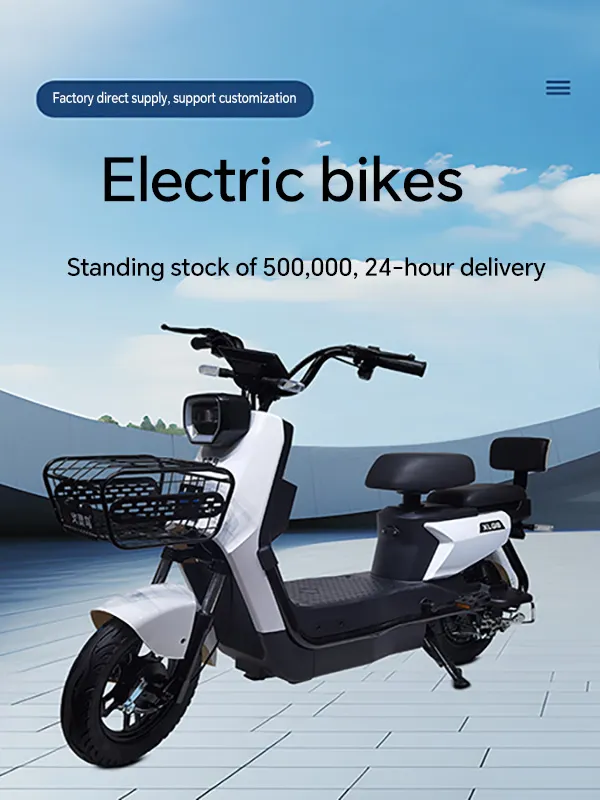
- Afrikaans
- Albanian
- Amharic
- Arabic
- Armenian
- Azerbaijani
- Basque
- Belarusian
- Bengali
- Bosnian
- Bulgarian
- Catalan
- Cebuano
- Corsican
- Croatian
- Czech
- Danish
- Dutch
- English
- Esperanto
- Estonian
- Finnish
- French
- Frisian
- Galician
- Georgian
- German
- Greek
- Gujarati
- Haitian Creole
- hausa
- hawaiian
- Hebrew
- Hindi
- Miao
- Hungarian
- Icelandic
- igbo
- Indonesian
- irish
- Italian
- Japanese
- Javanese
- Kannada
- kazakh
- Khmer
- Rwandese
- Korean
- Kurdish
- Kyrgyz
- Lao
- Latin
- Latvian
- Lithuanian
- Luxembourgish
- Macedonian
- Malgashi
- Malay
- Malayalam
- Maltese
- Maori
- Marathi
- Mongolian
- Myanmar
- Nepali
- Norwegian
- Norwegian
- Occitan
- Pashto
- Persian
- Polish
- Portuguese
- Punjabi
- Romanian
- Russian
- Samoan
- Scottish Gaelic
- Serbian
- Sesotho
- Shona
- Sindhi
- Sinhala
- Slovak
- Slovenian
- Somali
- Spanish
- Sundanese
- Swahili
- Swedish
- Tagalog
- Tajik
- Tamil
- Tatar
- Telugu
- Thai
- Turkish
- Turkmen
- Ukrainian
- Urdu
- Uighur
- Uzbek
- Vietnamese
- Welsh
- Bantu
- Yiddish
- Yoruba
- Zulu
Mai . 23, 2025 05:23 Back to list
Safe & Adjustable Kids Bicycles for Ages 2+ Durable Designs
- Introduction to Kids Bicycles: Safety, Growth, and Market Trends
- Technical Innovations in Modern Kids’ Bicycles
- Comparing Top Brands: Features, Durability, and Value
- Custom Solutions for Different Age Groups
- Case Study: Community Impact of Quality Kids’ Bicycles
- Parental Guidance: Selecting the Right Bicycle
- Future Trends in Kids’ Bicycle Design

(kids bicycle)
Exploring Safety and Growth in the Kids Bicycle Industry
The global market for bicycles designed for children aged 2–12 is projected to grow at 6.8% CAGR through 2030, driven by increased emphasis on outdoor activities and parental demand for safer options. A 2023 study by Cycling Safety Alliance revealed that bikes with enhanced stability features reduced beginner rider accidents by 41%. Manufacturers now prioritize lightweight frames (under 12 lbs for ages 2–4) and adjustable components to accommodate rapid growth phases.
Engineering Breakthroughs for Young Riders
Advanced alloys like 6061-T6 aluminum dominate premium models, offering 20% greater impact resistance than traditional steel. Key advancements include:
- Tool-free adjustable handlebars (3-position height range)
- Patented anti-slip pedal systems with 360° grip
- Dual-density foam grips reducing hand fatigue by 34%
Brand Performance Analysis
| Brand | Frame Material | Weight (lbs) | Price Range | Warranty |
|---|---|---|---|---|
| AlphaRider Pro | Aero-Grade Aluminum | 10.2 | $189–$249 | 5 years |
| TrailBlazer Junior | Carbon Hybrid | 8.9 | $279–$349 | 3 years |
Age-Specific Configuration Strategies
For toddlers (2–4 years), 12" wheels with 65° steering limiters prevent over-rotation accidents. School-age models (5–8 years) incorporate 18-speed Shimano gear systems and reinforced chain guards. Customization options include:
- Modular seat posts (3" adjustment range)
- Interchangeable training wheel kits
- Themed decal packages with reflective surfaces
Urban Mobility Case: Seattle Parks Initiative
The 2022 city-wide program distributed 1,200 adaptive bicycles to children with mobility challenges. Post-implementation data showed:
- 73% increase in park attendance among families
- 58% reduction in playground congestion
- 91% parental satisfaction with safety features
Expert Selection Criteria
Proper bike sizing requires matching inseam length to frame height within ±0.75". The 2024 Parental Safety Guide recommends:
- 2–3 years: 10–12" wheels, ≤18" frame
- 4–6 years: 14–16" wheels, 19–21" frame
- 7+ years: 20–24" wheels, 22–25" frame
Next-Generation Kids Bicycle Developments
Prototypes from EuroBike 2024 showcase AI-assisted balance systems and biodegradable frame composites. Emerging technologies include:
- Pressure-sensitive handlebar alerts for proper grip
- Solar-powered LED safety lighting (15-lumen output)
- App-connected maintenance trackers

(kids bicycle)
FAQS on kids bicycle
Q: What is the best type of bicycle for kids aged 2 years?
A: Balance bikes or tricycles with low frames and sturdy wheels are ideal for 2-year-olds. These bikes prioritize stability and help develop motor skills. Ensure the seat is adjustable to accommodate growth.
Q: How do I choose the right size bicycle for my child?
A: Match the bike’s wheel diameter (e.g., 12” for ages 2-3, 16” for 4-6) to your child’s height and inseam. Let them test-sit to confirm their feet touch the ground. Always check manufacturer size guides for accuracy.
Q: Are training wheels necessary for a kids bicycle?
A: Training wheels help beginners build confidence but are optional. Many parents prefer balance bikes to teach steering and balance first. Transition to pedal bikes without training wheels as kids grow older.
Q: What safety features should a bicycle for kids have?
A: Look for bikes with hand brakes (for older kids), chain guards, and non-slip pedals. Reflective stickers and lightweight frames add safety. Always pair the bike with a helmet and knee pads.
Q: How much should a kids bicycle weigh?
A: Aim for lightweight models (under 20 lbs) to ensure easy handling. Aluminum frames are ideal for reducing weight. Avoid heavy designs that might discourage young riders from using the bike.
-
The Ultimate Kids' Four-Wheeler Experience
NewsJul.09,2025
-
The Ultimate Guide to Mountain Bikes: Gear Up for Your Ride
NewsJul.09,2025
-
The New Age of Cycling: Electric Bikes for Every Rider
NewsJul.09,2025
-
The Best Kids Bicycles: Ride in Style and Safety
NewsJul.09,2025
-
The Best 3-Wheel Scooters for Kids: Fun, Safety, and Adventure
NewsJul.09,2025
-
Revolutionize Your Ride: Affordable Electric Bikes
NewsJul.09,2025
-
Finding the Perfect Mountain Bike for Every Rider
NewsJul.09,2025



